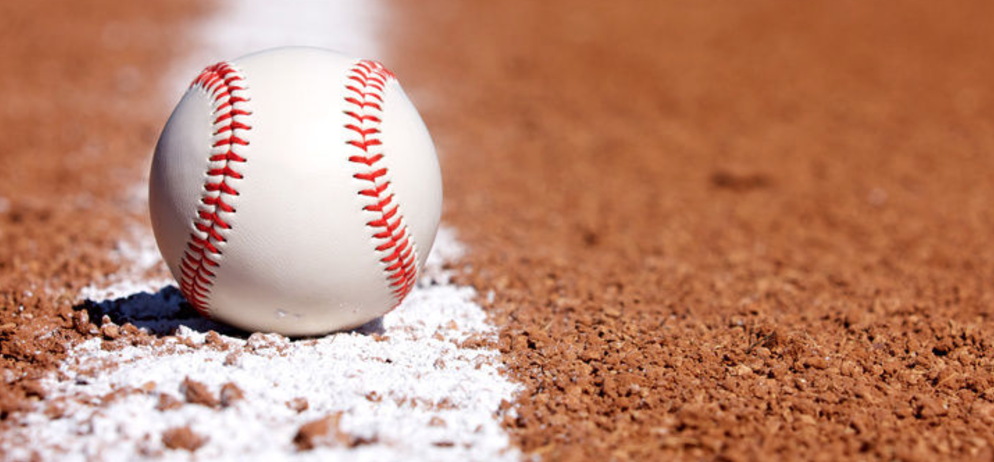Off-Season Training For Baseball… Whats your Plan?
By: Dana Cavalea

What program should I use during the off-season to help me throw harder and increase my bat speed?”
This might be a question some of you ask your Coaches on a yearly basis. As I continue to travel and meet young ballplayers of all different shapes, sizes, and mental make-ups, this is the question that I typically am embraced with, most often times followed by, “What can I take?”
The latter of the two concerns me because athletes, who are most known for their hard work and ability are looking for alternative methods to enhance performance, most likely not as a complement to hard work and dedication, but as a supplement. It is my opinion that supplements are called supplements because for many the supplement the most important parts of any program, consistency and progressive plan.
Focusing on consistency and a progressive plan of action is what will yield the most favorable end result. The questions I often fire back to these young athletes that present me with the previously aforementioned questions is, “What are you goals? What is your commitment? What is your plan of action?
As a professional coach, these three questions allow me to decide if this person truly exemplifies the understanding of what it takes to reach their desired goals of increased throwing velocity and bat speed. But before going any further, I will address these two goals by saying, there is a genetic characteristic that will determine how hard you throw, and your ability to generate bat speed no matter how perfect your training plan is, as well as your mechanics. This is referred to as a persons genetic ceiling. It should be the goal of every athlete to reach their genetic ceiling, so the questions that open this article should look more along the lines of:
“What program can you prescribe for me, based on my individual needs, to enhance throwing velocity and bat speed to meet my genetic potential?”
This question shows that this athlete is willing to stay focused and committed to a goal that is within reach for them. Throwing velocities of 90+ mph is desired by anybody that has ever played the game, but the reality is, it is often times a non-practical goal.
As a coach, I am truly inspired to give as much as I possibly can to that ballplayer that has the mental and physical horsepower to do whatever it takes to maximize potential, and not fall for some of the scams of increased velocity in 4 weeks that some fly by night programs guarantee.
Enhanced performance is achieved via a strategic plan that integrates needs with wants, and is coupled with quality programming and a mental focus and positive lifestyle.
With this said, we will now get into some of the strategies and programming that can be used to first reduce injury predisposition, and then focus on the synchronization of movement patterns and body balance to enhance performance.
Often times throwing athletes understand the importance of caring for the arm, but overdo it with training of the rotator cuff with minimal focus on scapular stability and control. The scapula or shoulder blade is the anchor that holds the rotator cuff musculature in proper relationships in regards to length and tension, which will affect overall function of this musculature and synergy of muscle used to create arm action. Strengthening the cuff is important, but a major focus on the scapula will elicit favorable outcomes and overall health. Samples for scapula stability include:
1. Band Retraction
2. Quadraped “Angry Cats” – Scapula Protraction/ Retraction
3. Physioball Active Scap Work- Prone T’s/ W’s
These three simple exercises will provide the scapula and related musculature with enough work to enhance overall function.
The other point that should be made in regards to the throwing athlete is the overall force generated to accelerate the ball is not a result of strictly arm action, but rather a sequential pattern of movement which is derived from lower body lateral drive and hip pop, which will lead to upper body rotation, and therefore accelerated arm and hand speed.
Strengthening of the core via stabilization training will allow for optimal force transfer from the lower extremity of the body through the upper. If the core is unstable and inefficient in transferring force from the lower body, then the arm will have to compensate, and be forced to increase the strain on this relatively small musculature. An example would be a go-cart engine trying to power Hummer. Heavy strain would be placed on the engine, so the end result would be breakdown.
When it comes to the core I had written increase stability. Stability development is the key, meaning no movement, holding positions, not flexion and extension like in a typical crunch. Some exercises we use to strengthen the core are as follows:
1. Core Bridge
2. Lateral Core Bridge
3. Quadraped Opposites- On all 4’s, extend left arm/ right leg and hold the core in a neutral position
The work listed previously is designed primarily to reduce injury prevalence, but plays a major role in setting the base for strength training methods that follow. In regards to designing a strength and conditioning program, the program must be balanced. Since most readers are going to be unable to engage in a Movement Screen, or an evaluation that will analyze symmetry of the body, particularly between the left and right side, your focus should be in a comprehensive program that focuses on complex movement, rather than isolated training of global musculature, and integrating this approach with movements that don’t simulate sport, but movements that will work to strengthen areas that are predisposed to injuries due to the repetitive nature of a sport such as baseball that is typically one side dominant, and is also compounded by high volume on one particular side as opposed to the other.
On the first page of this article it was written to always have a plan, and that plan needs to expand much further than sets and reps. The plan needs to focus on the development of stability, strength, and power, but this plan is determined by where you are in the training year, and the exercise selection you choose is also contingent upon which variable you are looking to enhance, stability, strength, or power.
A typical programming model for baseball would start with stability development in the early off-season, then focus on strength mid-way though, and for the last few weeks of the off-season focus on power. This power component will also be carried into the season, but will also be coupled with stability days as well. Greater detail is out of the scope of this article and will be written in follow up articles.
For practicality purposes, we will write a few exercises that would sit in a Stability Phase of the program below.
1. Single Leg Squats
2. Single Leg RDL’s
3. 222 Tempo Pushups
4. 222 Inverted Rows
5. Eccentric Pullups
6. Gray Cook ½ Kneeling Chop
These 6 simple exercises which utilize primarily body weight would constitute a great Phase 1 Stability Program. Sets and Reps would progress each week, which in turn would increase overall volume prepping the body for the next phase of training, strength development.
The sport-specific programming in my mind is still a mystery. By this I am saying is choosing and exercise that simulates pitching or hitting worth its weight for a young athlete? Focusing on complex movement and total body action + stability has shown practically to show a much greater end result for young athletes in terms of performance and injury prevention.
Staying consistent with a simple program as outlined above, with the integration of core activation and shoulder/ scapula work in your warm-up is a basic program, that gives you an action plan, and will keep you on the field, while most importantly working alongside your personal goals and needs, as well as your quest to reach your genetic ceiling.
Recommended Athletes' Acceleration Products
—————————————————————————–



0 Comments for “Off-Season Training For Baseball… Whats your Plan?”